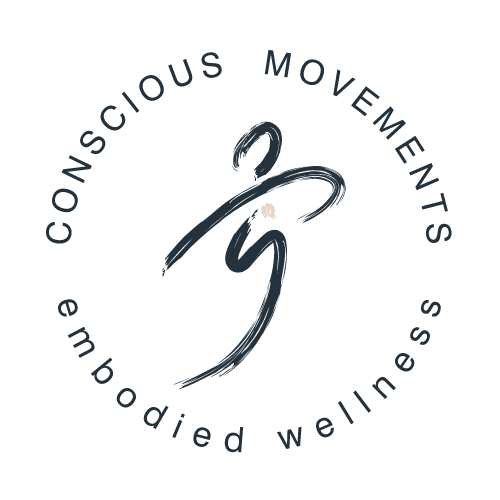Welcome!
Welcome to the Better Body Maps free mini-course. Please scroll down to access your video and audio lesson. Both are available for streaming via video. However, you can also download the audio and save it to your favorite device so that you can explore it whenever and where ever you want. Enjoy!
-
In this Embodied Knowledge video, we'll dive into neuroplasticity, the body maps in your brain & how they relate to pain, and we'll end with some general strategies. Everything in today's lesson speaks directly to the power of Awareness Through Movement.
-
Exploring Your Self-Image
12 min • On Back or Any PositionPeople often ask how I came to the Feldenkrais Method. My honest answer? Just the right amount of dysfunction. I was looking for how to have a more loving relationship with myself — body & mind. Luckily, someone recommended the book Awareness Through Movement by Moshe Feldenkrais.
The first line in Awareness Through Movement is:
"We act in accordance with our self-image."
He goes on to write about how we can change our self-image via movement and awareness and suggests that the self-image consists of four components: movement, sensations, feelings (emotions), and thought. Of course, all four of these components have biological roots. But one powerful thread that connects them all is your Autonomic Nervous System.
This is because your Autonomic Nervous System intertwines with and helps to regulate every other system. And the good news is that your mental activity has a greater influence over this system than any other bodily system. So how you use your mind and direct your attention can go a long way toward reducing stress, cooling the flames of pain, and sparking your healing potential.
So today's practice, Exploring The Self-Image, was designed to utilize your body's innate capacity to calm and soothe while clarifying your self-image. You'll spend some time touching and tracing your lips with your fingertip.
Why?
Because your lips have tons of nerve fibers that are a part of the branch of your Autonomic Nervous System that calms you down (parasympathetic). Plus, your hands and lips take up a lot of real estate in the brain region that maps your body (sensory-motor cortex).
This 12-minute practice is done lying on your back and is relatively quiet. I recommend that you have a couple of pillows or a rolled-up blanket for beneath your knees and that you wash your hands first.
